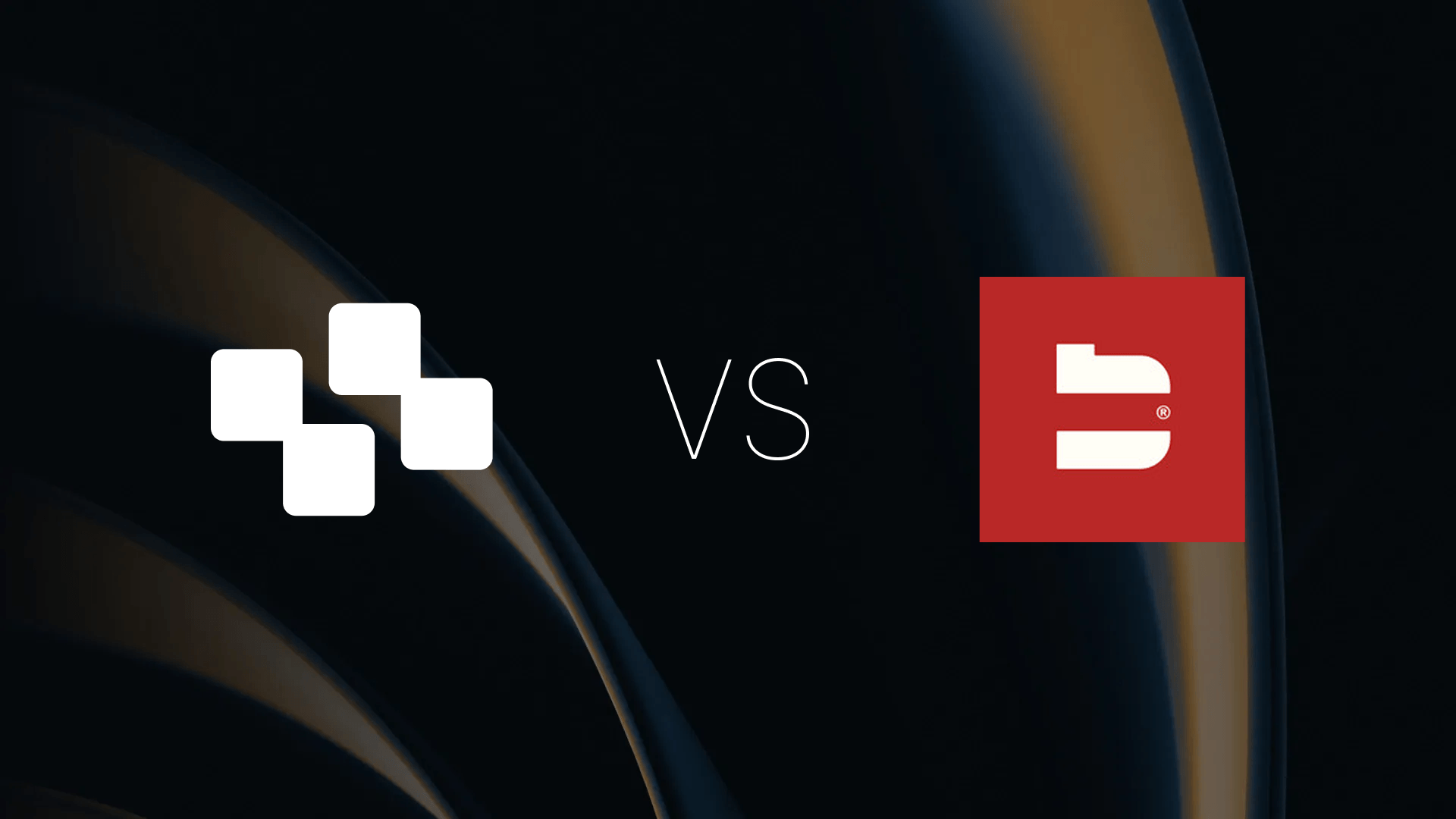Bland.ai vs. Vogent: which voice AI platform is right for you?
Author
Jagath Vytheeswaran
Date Published

In less than two years, the voice agent space has gone from an interesting concept to a number of full-fledged vendors, each innovating in their own way to help customers build humanlike AI that talks on the phone.
If you've been evaluating solutions for your own organization, chances are you've come across Bland. Here's a detailed breakdown of how Vogent compares across important axes.
Pricing
Both Vogent and Bland price per-minute, at $0.09 per minute. Bland's enterprise pricing is not available, but Vogent can increase per-minute costs given volume commitments; based on the volume and desired configuration, Vogent can bring the end-to-end price to as low as $0.04-0.05 per minute, all-in.
Latency
Bland advertises competitive latency through controlling the agent's infrastructure; their quoted latency online ranges from sub-400 ms to sub-2 seconds.
Vogent also maintains custom infrastructure for every part of the voice agent, from the language model to the text-to-speech, all while giving the user the option to opt for off-the-shelf offerings instead (like GPT and Eleven Labs).
When using Vogent's custom infrastructure, users can expect latency under 200-400 ms. While configurations that use third-party solutions like GPT may increase latency, Vogent's optimizations under-the-hood still deliver these solutions at blazing speeds, with worst-case latencies typically clocking in under 800 ms.
Voices and Realism
Bland offers a selection of voices, as well as in-app voice cloning. Integration with third-party voice providers is not disclosed.
Vogent offers voices across major text-to-speech providers, as well as its own latency-optimized in-house voices and in-app voice cloning. If you're using a voice on a certain provider (like Eleven Labs or Cartesia) already, you can bring that voice to Vogent by providing the voice ID.
Vogent also recently launched state-of-the-art ultra-realistic voices powered by a re-engineered version of Sesame's CSM-1B model. These are the most humanlike AI voices on the market, bringing their own "um"s, pauses, etc. together to deliver a realistic experience that reduces hangups dramatically. You can see a demo of this technology here.
Fine-Tuning and Self Improvement
Bland offers some functionality out-of-the-box to fine-tune agents to respond ideally, though the mechanisms for this training aren't disclosed, and they rely on user annotation to create ideal data points and optimize the model to follow them.
Vogent has auto-design and self-improvement features to help customers build voice agents that design and improve themselves. Vogent's auto-design feature trains custom voice agents on top of conversational base models given unstructured data, like recordings and talk tracks. This enables Vogent's generated agents to mimic existing call center agents well, without mimicking their undesirable behaviors. Vogent's self-improvement feature enables voice agents to continually evaluate failures and self-train to avoid those situations in the future, all with minimal human intervention.
Compliance
Both Vogent and Bland are SOC 2 Type II and HIPAA compliant.
The Verdict
Both Bland and Vogent offer a number of rich features to help teams build voice agents that engage customers. Bland's in-house approach is definitely useful, allowing them to own the entire stack with the tradeoff of withholding customizability from the customer.
Vogent takes a best-of-both-worlds approach; we provide optimized, in-house infrastructure (from language models and voices to ancillary offerings, like auto-design and self-improvement infrastructure) to achieve state-of-the-art latency and realism, while also offering users the option to mix-and-match their own components.
Want to learn more about why thousands of organizations trust Vogent to automate phone calls? Grab time here, or sign up here.